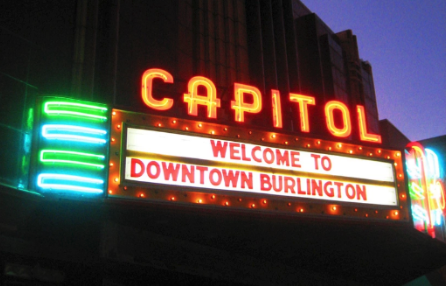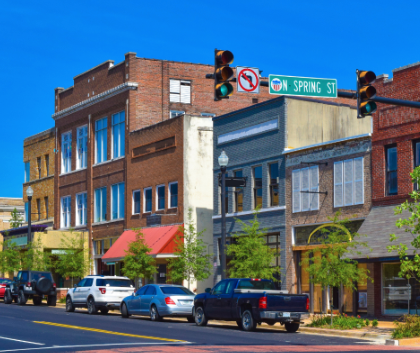Proving ROI for quality of place improvements typically centers around job creation and talent attraction. Economic development organizations understand that if their community does not have the workforce, they will likely not attract new companies to their area or see expansions in their local industries.
A community’s quality of life and quality of place quite simply help attract and retain workers. That is absolutely a quantifiable improvement. A 2020 study by the Knight Foundation found that in the communities they serve, quality of life accounts for about a third of the moves to a metro area and a third of the resident’s decision to stay. It also found that people who choose to live in an area because of quality of life express significantly stronger sentiments of attachment than those who live in the area for a different reason, such as family or jobs.
EDOs, including economic development corporations, commissions, authorities, and chambers of commerce, have emphasized the quality of life more recently in their community marketing and messaging. Some may be implementing a talent attraction campaign. Some have added quality of life initiatives to their public policy agenda. And some are promoting new quality of life using marketing experts like those at Golden Shovel for initiatives they are building or creating.
While quality of life can be defined in many ways, access to it is critical. Whether a person would like a minor league baseball team in their town or prefer the symphony, access to quality-of-life amenities leads to greater commitment to the community.
Measuring success for quality-of-life initiatives can be just as challenging as defining what it is. Does a downtown revitalization initiative really mean more jobs? How does the theater expansion impact economic development? And how will a talent attraction campaign help my business grow? Finding the return on investment isn’t easy, but it is definitely possible. Let’s explore the ROI of three amenities as examples:
Downtown Revitalization
Active, safe downtowns not only attract investment within their boundaries but can have a positive impact on areas outside of Main Street. However, measuring the ROI impact of downtown revitalization within the downtown boundaries is easier and correlates more clearly to an organization’s activities.
In Abilene, Texas, the Abilene Industrial Foundation has defined its measure of success for its downtown initiative as increases in property tax assessment and the number of businesses. NewTown Macon’s downtown revitalization plan will focus on entrepreneurship and creating a sense of place, and its measures will increase jobs and residents in downtown Macon, Georgia. These are two communities where capital campaigns have just started. Here are a few more examples of downtown revitalization.
Arts and Culture Expansion
The Knight Foundation study found that access to arts and culture rated the highest in importance to residents, followed by recreational
Additionally, the entity itself impacts the economy. The employees earn wages, and those are spent in the local community. And theater expansions usually mean more seats available to sell, an increase in the theater’s ability to attract higher-grossing performers, and new technologies that enhance the patrons’ experiences. Attendance growth projections can be used to derive tourism impacts.
Talent Attraction Campaigns
More and more economic development organizations are executing talent attraction campaigns to promote their quality of life improvements. These marketing initiatives message to potential residents that this community is the right one. Measuring the impact of a talent attraction campaign brings to mind the famous quote from the U.S. retail magnate, John Wanamaker, “Half my advertising spend is wasted; the trouble is, I don’t know which half.” The expected result of a campaign is people moving to the community, and the desired result is that they are filling the vacant jobs the businesses in the community are eager to fill.

Proving ROI of individual quality of life improvements in a community can be done if measurements (and expectations) are planned and managed in advance. Overall, it cannot be argued that quality of life amenities bind our communities together and connect us to them. The worth of that is priceless.






